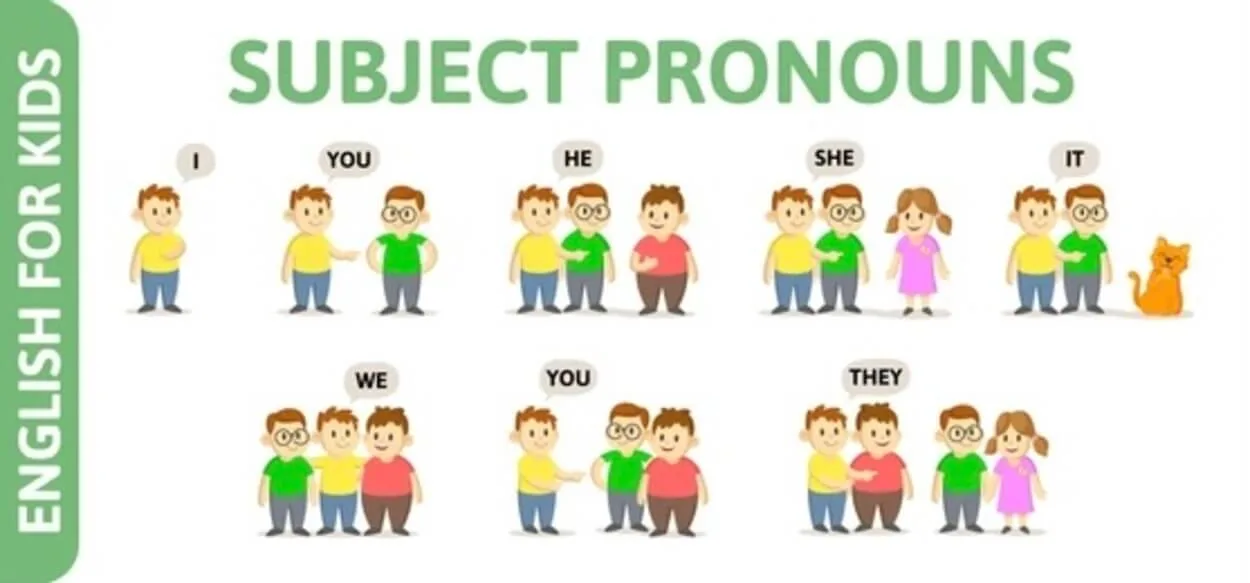The majority of individuals I know don’t give pay much attention when speaking informally. They don’t really care about how they sound grammatically.
In place of “He’s married to a doctor,” they say “He’s married with a doctor.” Instead of saying “Jia is shorter than I,” they choose to say “Jia is shorter than me.”
However, there’s one circumstance in which it appears like everyone is determined to sound as proper as possible. Look at the phrase, for example, “I’m so glad that you’re apt to pass time with Mark and me”.
Almost every English speaker with even the slightest concern about sounding intelligent tends to choose “I” over “me” in statements like these.
The words “I” and “me,” which you use to refer to oneself, are both used in distinct contexts. Both of these pronouns allow you to refer to yourself in the first person without using your name, which would be odd in a friendly, casual conversation.
Although they are in different grammatical cases, “I” and “me” have the same definitions. In this article, you’ll learn when should you use “I” and “Me” in a sentence.
Which One Is Correct: “Me and Name” and “Name and I”?
The distinction is that when used as a sentence’s subject, “name and I” is grammatically and stylistically acceptable. “Me” is a possible object, so:
It might be acceptable to say “Name and I went to the hospital” in addition to “I went to the hospital.”
It would also be acceptable to say “Sally taught Name and me” if you were to say “Sally taught me.”
In the second case, you would always say “Name and me,” never “me and Name,” as a matter of style and respect. You’re preceded by the person you are speaking to or about.
Additionally, the person you are speaking to comes first if there are three parties involved in the conversation. Something happened to “you, him, and I” or “you, he, and I” did something (subject) (object).
When to Use “I” in a Sentence?
The subject pronoun in the first person singular is “I”. It speaks of the individual carrying out a verb’s action. So, “I am” is the verb’s subject.
- I’m following the Arsenal game. (The subject of “am following” is “I”).
- I enjoy going to the movies when it’s pouring. (The subject of “enjoy going to” is “I”).
- Tonight, Bruce and I are taking part in a concert. (The verb “are taking part” has the subject “I”)

When to Use Me in a Sentence?
The singular object pronoun in the first person is “Me”. It describes the subject of the action that a verb is performing. The subject of the verb is “Me.”
- Alexis is observing my football game. (The subject of the “observing” is “Me”).
- I was encouraged by the woman to get some popcorn. (The subject of “encouraged” is “myself”).
What Is It Correct to Use “I” or “Me”?
When two subjects are joined by a “and,” as in “John and me” or “John and I,” this is where individuals most frequently misuse the pronouns “I” and “me.” Even fluent English speakers frequently misunderstand this.
The same guidelines that we have already learned are still relevant. You should use “I” if the verb’s subject is a person. “Me” is correct if the people are the verb’s objects.
- I watched Game of Thrones with Daenerys. (The subjects of “watched” are “Daenerys and I”).
- Peter demonstrated his lunch to Katniss and I. (The things being “shown” are “Katniss and I.”)
Saying the phrase without the other person’s name will help you determine which pronouns to use in these scenarios.
Although you wouldn’t say “Me” watched Game of Thrones” or “Peter showed “I” his lunch,” the sentences “I watched Game of Thrones” and “Peter showed me his lunch” nonetheless make sense.
You can typically use either in informal conversation and be completely understood. However, it is preferable to make an effort to utilize proper grammar wherever possible, especially when writing or in more professional settings.
What Is a Subject in English Grammar?
The subject is the portion of a phrase or clause in English grammar that typically conveys (a) what the sentence is about, or (b) who or what is doing the action (that is, the agent).
The subject is usually a noun (“The dog,” “My sister’s Yorkshire terrier,” etc.) or a noun phrase or a pronoun (“It”). He, she, I, you, it, who, they, we, and whoever are the subject pronouns.
The subject typically comes before the verb in a declarative statement (“The dog barks”). Does the dog ever bark? This is an example of an interrogative sentence where the subject usually comes after the first part of the verb.
The best way to identify a sentence’s subject is to transform it into a yes-or-no question (by which we mean one that can be replied with either ‘yes’ or ‘no’).
In order to construct a question in English, the subject and the first verb after it is reversed. Consider the following illustration:
- He has the ability to sustain a Tamagotchi for almost a week.
If we want a “yes” or “no” response, the right question to ask is:
- Will he be able to sustain a Tamagotchi for more than a week?
He must be the subject of the first phrase because “he” and “can” have switched positions in this sentence.
What Is an Object in English Grammar?
An object in English grammar is a noun, a noun phrase, or a pronoun that is changed by a verb’s action. By enabling the construction of complicated sentences, objects add complexity and character to our language. The same is true with prepositions.
Three different roles for objects in a sentence. Because they come after the verb, the first two are simple to identify:
Direct objects
Direct objects are the outcomes of behavior. The result of a subject’s action is the actual object. Take this statement as an illustration: “Marie wrote a poem.”
In this instance, the transitive verb “wrote” is followed by the noun “poetry,” which completes the sentence’s meaning.
Indirect Objects
Indirect objects are those that react to or receive the results of an action. Take this sentence for instance: “Max texted me.”
The direct object in this sentence is the noun “text,” and the pronoun “me” appears before the verb “send.” Always place the indirect object before the direct object.
The Objection of a Preposition
Nouns and pronouns in a sentence that changes the meaning of a verb are the objects of a preposition. “Mike stays in a camp,” for instance.
The word “camp” comes after the preposition “in” in this phrase. They come together to make a prepositional phrase.
Here’s a table with examples of three different types of objects in a sentence:
| Type | Example |
|---|---|
| Direct object | She sees the dog |
| Indirect object | I gave the man salt |
| Object of preposition | You fish for salmon |
Both active and passive voices are functional for objects. When the sentence is restated in the passive voice, a noun that acts as a direct object in the active voice becomes the subject. For instance:
- Active: Bob bought a brand-new grill.
- Passive: Bob just bought a brand-new barbecue.
What distinguishes objects is a property known as passivization. Unsure of a word’s status as an object. A term is an object, therefore try changing it from active to passive voice.

Conclusion
- The word “I” and “Me” have the same meaning.
- When you say “I” in a sentence, it means you are the subject in the sentence.
- When you use “Me” in a sentence, this means that you are the object in the sentence.
- Taking someone’s name in a sentence before or after “I” or “Me” doesn’t really matter.
- I, you, he, she, it, we, they, who, and whoever are all examples of subject pronouns.
- Me, you, him, she, it, us, them, they, and whoever are all examples of object pronouns.

